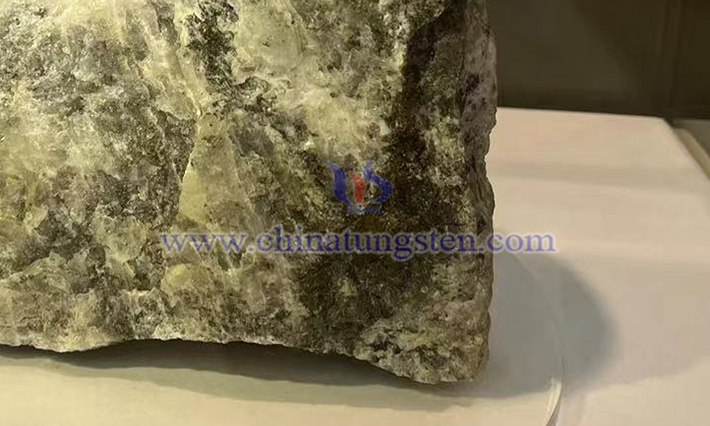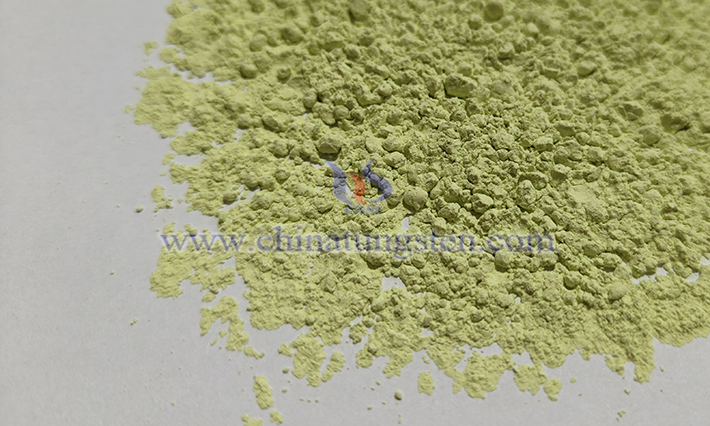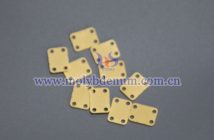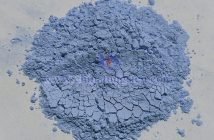It is reported that the Non-Ferrous Metal Mineral Resources Exploration and Evaluation Research Team at Guilin University of Technology, leveraging the advantageous geological conditions and deep exploration potential of concealed granite areas for non-ferrous and precious metal mineralization (tungsten-lead-zinc-silver polymetallic mineralization), has relied on scientific research projects such as the Guangxi Mineral Exploration Breakthrough Strategy Geological and Mineral Survey Project. Using the Xidamingshan National Integrated Exploration Area and Guilin Northeast Limu Tin Polymetallic Ore Field as research bases, the team has conducted long-term studies on the metallogenic theory and exploration technology demonstration of concealed granite bodies. The theoretical and technical achievements have been validated through production exploration, achieving significant breakthroughs in deep exploration at mines such as Luowei, Nongtun, and Limu, adding a medium-scale amount of WO3 metal (tungsten trioxide metal) and a large-scale amount of Pb+Zn metal.

The team has achieved several key results: first, constructing a multi-style model for concealed granite mineralization under complex geological conditions, clarifying the intrinsic mechanisms of concealed granite-fluid-cover layer coupling in controlling mineralization, providing a patterned theoretical basis for guiding exploration predictions; second, developing key technical methods specifically for detecting concealed granite positions and identifying mineralization-related anomalies, achieving high-resolution geophysical probing of concealed rock body interfaces at vertical depths of 0 to 3 km, improving the accuracy and reliability of identifying mineralization anomalies in complex terrains and lithological environments; third, integrating and optimizing comprehensive geological-geophysical-geochemical exploration technologies for concealed granite areas, facilitating the effective expansion and extension of mineral resource exploration from the first exploration space (0–500m) to the second exploration space (500–1000m).

These achievements have not only advanced the development of deep mineralization theories and exploration technologies in Guangxi's concealed granite areas but also enhanced resource reserve effects, earning the team a second prize in the Guangxi Science and Technology Progress Award.
Source: School of Earth Sciences, Guilin University of Technology



